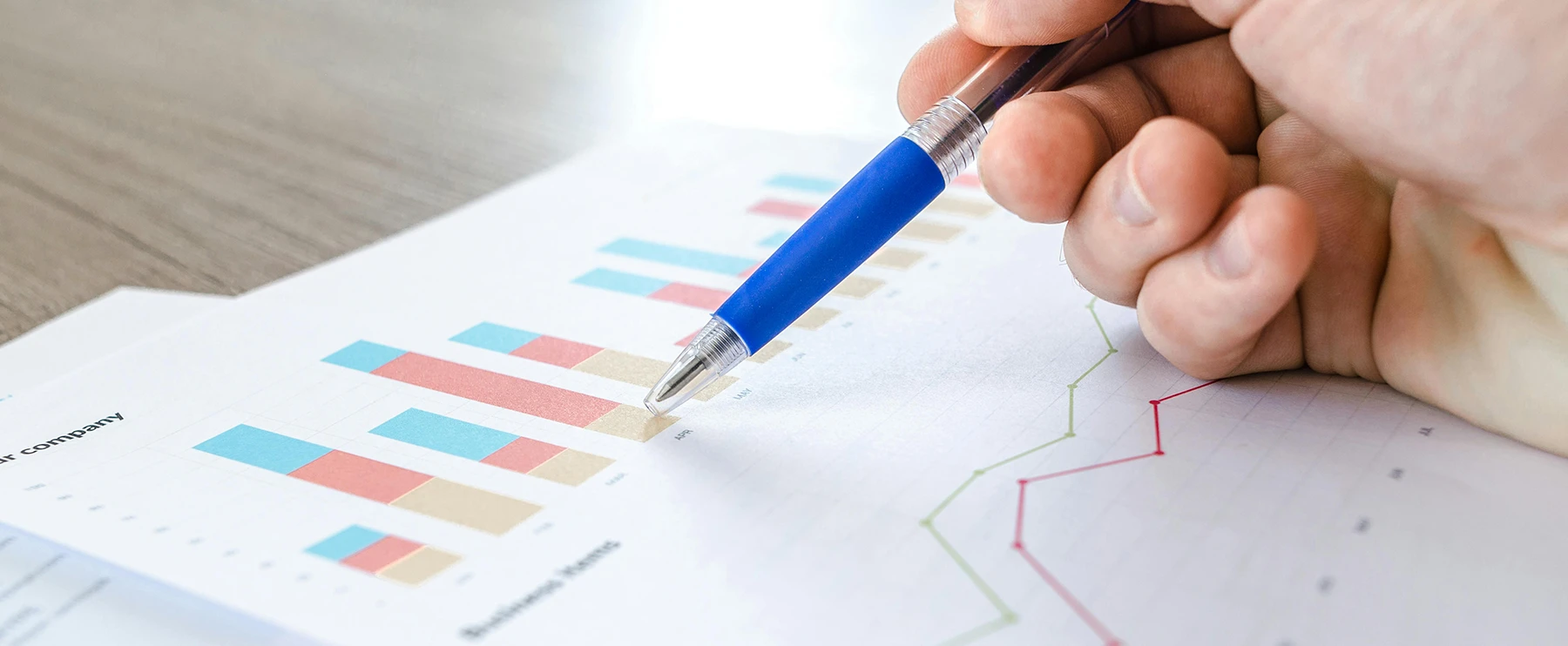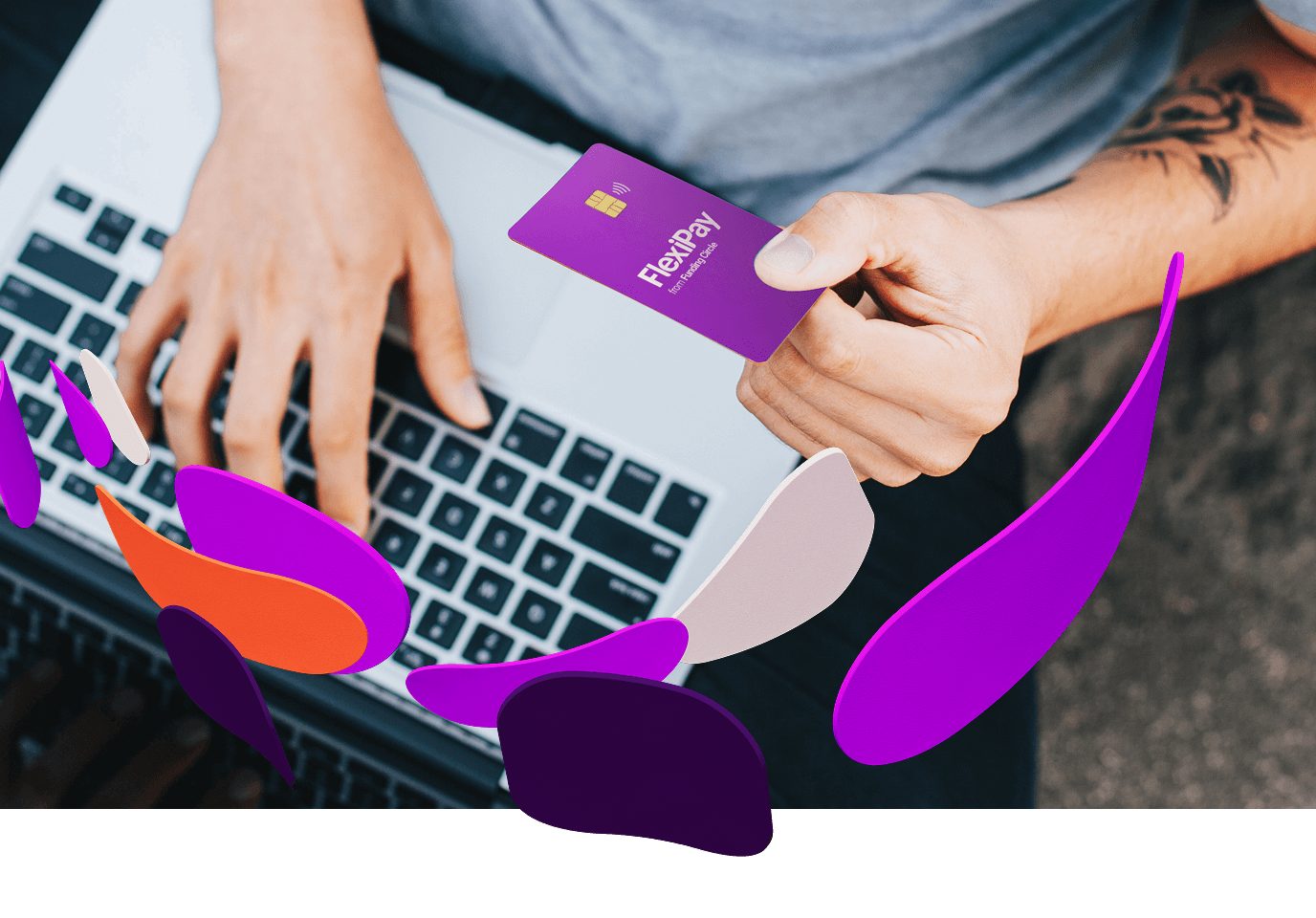
12th December 2025
Christmas shopping: 6 tips to help small businesses compete with big brands
Business Development
12th December 2025
Growth Guarantee Scheme – Your top questions answered
Business Finance
11th December 2025
A small business owner’s guide to switching off over Christmas
Business Finance
11th December 2025
Budget 2025 – What does it mean for small business?
News
19th November 2025
How to save for retirement
Investors
5th November 2025
Top 5 things to know at the end of a loan
Business Finance

Resource Centre
Go further with our videos, guides, news and more

Learn more about our business loans and business credit card products